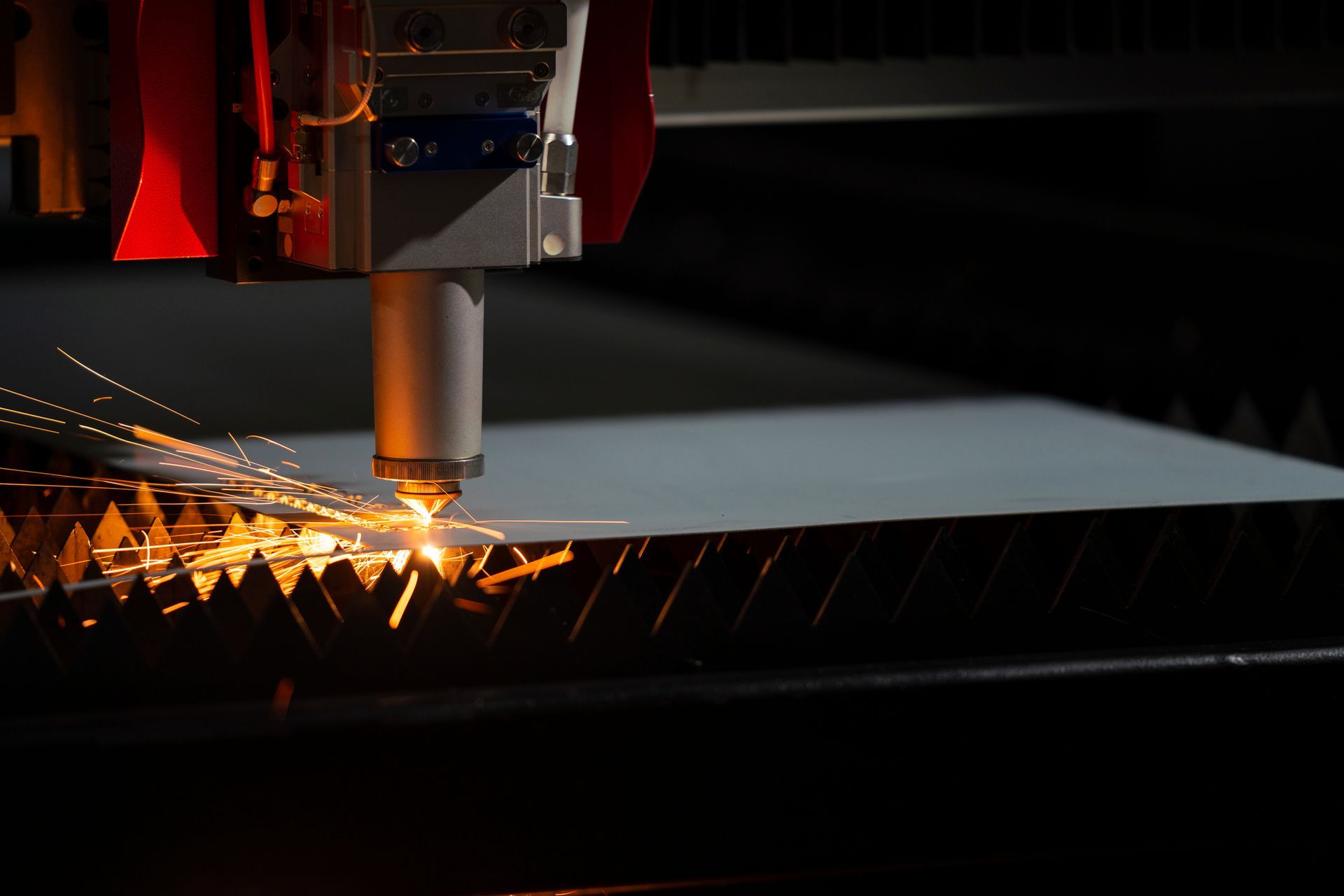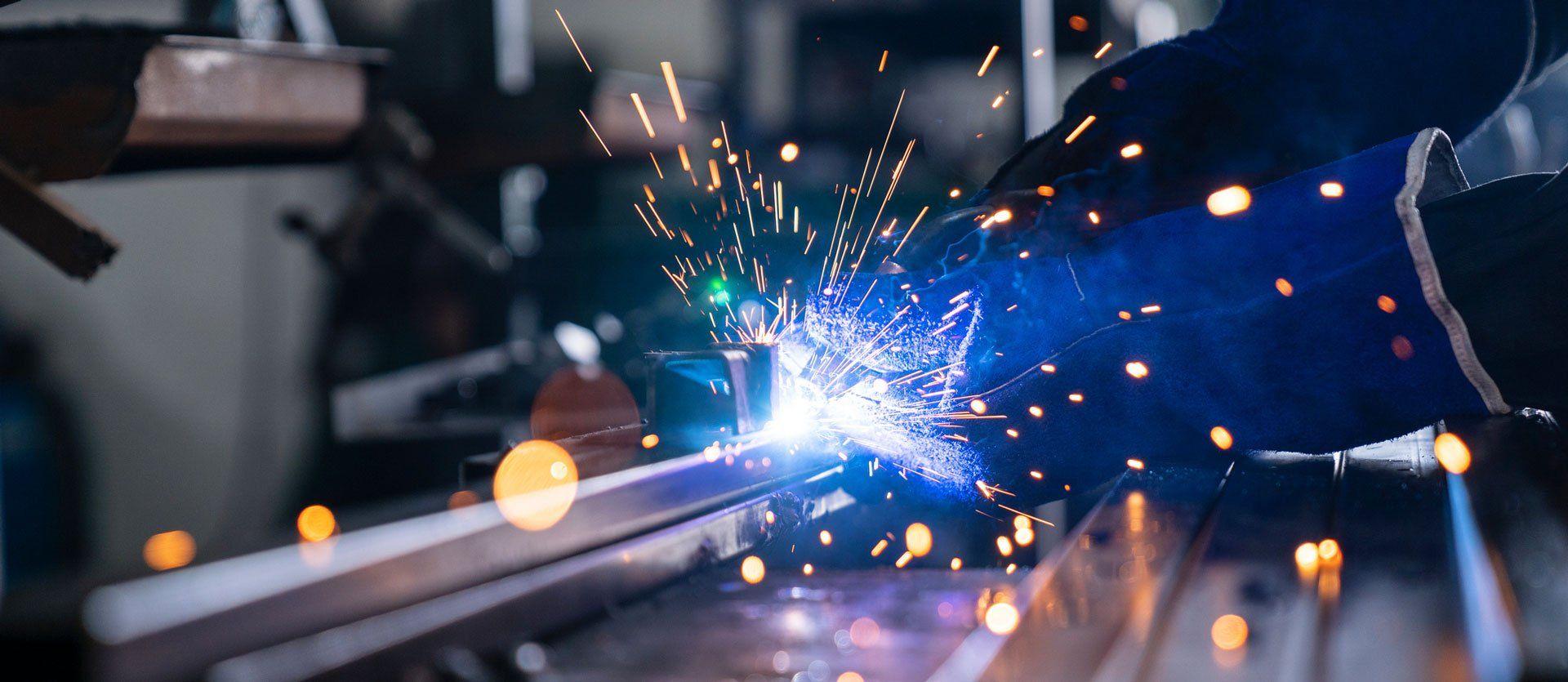Metal Fabrication | Schorr Metals Inc.
Comparing Copper vs. Steel Metal Fabrication
Metal fabrication has long been an essential process in manufacturing, construction, and a variety of industrial applications. Among the myriad of metals used for fabrication, copper and steel stand out due to their unique properties and versatility.
This blog post delves into the comparison between copper and steel, highlighting their advantages, disadvantages, and specific use cases in metal fabrication.
Properties and Characteristics
Copper
Copper is known for its excellent electrical and thermal conductivity. It is a ductile metal, meaning it can be stretched into thin wires without breaking, and it has a high resistance to corrosion. These properties make copper an ideal choice for electrical wiring, plumbing, and components exposed to moisture and heat. Additionally, copper's natural antimicrobial properties make it suitable for medical equipment and surfaces where hygiene is critical.
Steel
Steel, an alloy primarily composed of iron and carbon, is renowned for its high strength and durability. The versatility of steel lies in its ability to be alloyed with other elements such as chromium, nickel, and manganese to enhance its properties like corrosion resistance, hardness, and tensile strength. Steel's adaptability makes it a preferred material in construction, automotive industries, and heavy machinery. Unlike copper, steel can be forged, welded, and coated with various finishes, offering a broader range of fabrication options.
Fabrication Processes
Copper Fabrication
The fabrication of copper typically involves processes such as extrusion, drawing, and machining. Due to its malleability and ductility, copper can be easily shaped into wires, bars, and sheets. Welding and soldering are common joining techniques used in copper fabrication, particularly in electrical and plumbing applications. The ability to undergo extensive work without losing structural integrity makes copper a favorite in detailed and intricate fabrication projects.
Steel Fabrication
Steel fabrication is a more complex process that includes cutting, bending, welding, and assembly. The robust nature of steel requires heavy-duty machinery and specialized techniques such as laser cutting, arc welding, and powder coating. The versatility of steel allows for the production of large structures like beams, frames, and support structures, as well as smaller components like bolts, nuts, and gears.
Applications and Use Cases
Applications of Copper
Copper's superior electrical conductivity makes it indispensable in the electrical and electronics industry. It is extensively used in manufacturing electrical wiring, motor windings, and circuit boards. In the plumbing sector, copper tubing and pipes are favored due to their resistance to corrosion and easy installation. Furthermore, copper's antimicrobial properties find applications in hospitals and healthcare facilities, where cleanliness and infection control are paramount.
Applications of Steel
Steel's high tensile strength and versatility make it a cornerstone of construction and infrastructure projects. From building skyscrapers and bridges to manufacturing automobiles and shipping containers, steel's impact is ubiquitous. The material's ability to withstand high stress and environmental factors renders it suitable for critical applications such as pipelines, heavy machinery, and transportation networks. Additionally, stainless steel, with its corrosion-resistant properties, is widely used in kitchenware, medical instruments, and chemical processing equipment.
Cost Considerations
Cost of Copper Fabrication
Copper is generally more expensive than steel, primarily due to its superior conductivity and corrosion resistance. The cost is reflected in the price of raw copper materials as well as the fabrication processes that require specialized skills and equipment. Although the initial investment might be higher, the longevity and maintenance savings can offset the costs in the long run, especially in applications where durability and conductivity are crucial.
Cost of Steel Fabrication
Steel, being more abundantly available and versatile, generally presents a lower initial cost compared to copper. The fabrication processes for steel can be more intensive and require significant energy, but the material's strength and adaptability often justify the expenses. Additionally, advances in steel production and recycling have contributed to reducing costs, making it a cost-effective choice for large-scale projects and mass production.
Choosing between copper and steel for metal fabrication depends largely on the specific requirements of the project. Copper's exceptional electrical and thermal conductivity, combined with its resistance to corrosion, makes it ideal for applications in electrical, plumbing, and healthcare sectors. On the other hand, steel's unmatched strength and versatility make it a preferred choice in construction, automotive manufacturing, and heavy industry. Both metals have their unique advantages and challenges, and understanding these can help in making an informed decision for your fabrication needs. Whether you opt for copper or steel, each material brings its own set of benefits that can significantly impact the performance, durability, and cost-effectiveness of the final product.
For more information, contact our team at Schorr Metals Inc.







